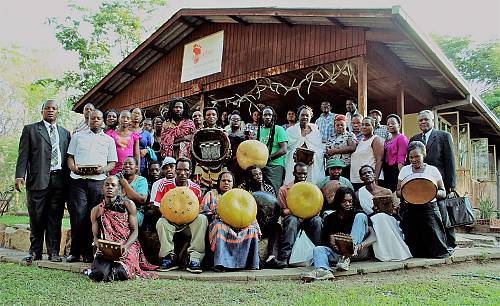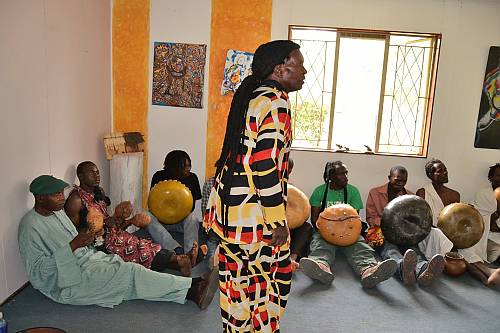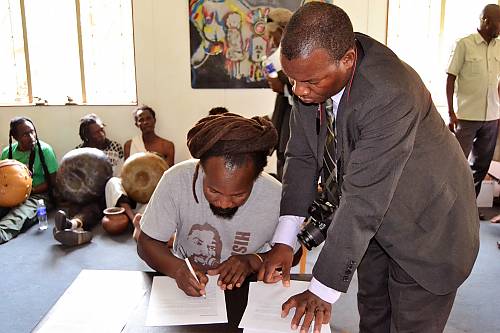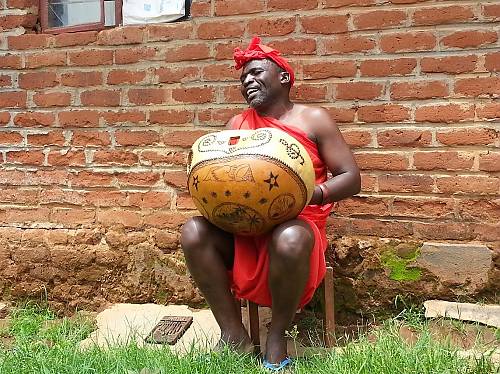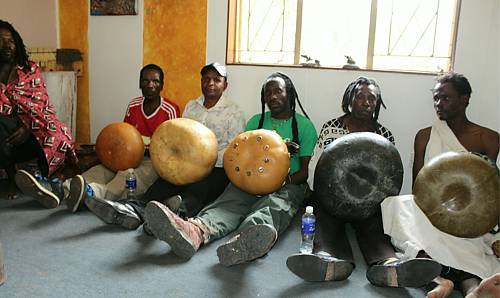Art of crafting and playing Mbira/Sansi, the finger-plucking traditional musical instrument in Malawi and Zimbabwe
Inscribed in 2020 (15.COM) on the Representative List of the Intangible Cultural Heritage of Humanity

The art of crafting and playing Mbira/Sansi, the finger-plucking traditional musical instrument in Malawi and Zimbabwe, plays a key role in the communities concerned. The basic Mbira/Sansi instrument consists of a wooden board with metal keys attached on top, and the instrument is sometimes mounted on a calabash/wooden resonator. The metal keys are made from spoon handles, bicycle spokes or spring wire, and the keys are plucked using the thumbs or a combination of thumbs and fingers. The Mbira/Sansi produces a fluid percussive sound considered to be mystic, tranquil and enchanting. An important feature of the music is its cyclical nature, where each new repetition of a theme varies slightly from the last and incorporates numerous interwoven melodies. The instrument can be played on its own or with multiple instruments in a group. Traditionally, transmission has occurred through apprenticeship within the family circle. Today, however, transmission also takes place through formal coaching, and Mbira/Sansi making and playing is taught in some schools. The songs contain important messages, with some guarding children against bad behaviour while others condemn negative behaviour in the community for example. The music is also used to communicate information about events that happened in the past. Wherever and whenever it is played, the Mbira/Sansi instrument acts as a ‘weapon’ for condemning violence and other societal ills.
